.jpg)
.jpg) CBA's living shoreline initiative is mainly comprised of two components- oyster shell breakwaters (artificial reefs) and native shoreline grass plantings. Combined, the reefs and shoreline grasses help to reduce shoreline erosion, act as habitat for marine-life, filter stormwater run-off, improve water clarity and water quality in Choctawhatchee Bay.
CBA's living shoreline initiative is mainly comprised of two components- oyster shell breakwaters (artificial reefs) and native shoreline grass plantings. Combined, the reefs and shoreline grasses help to reduce shoreline erosion, act as habitat for marine-life, filter stormwater run-off, improve water clarity and water quality in Choctawhatchee Bay.
CBA uses recycled oyster shell to construct artificial reefs that act as a breakwater for impeding erosion. The oyster reefs not only benefit the stability of the shoreline they are protecting, but they also serve as habitat for intertidal marine life. Many creatures from Choctawhatchee Bay call our reefs their home, including live oysters! Oyster larvae float along in the current and attach themselves to like-surfaces, slowly populating the artificial reef. Oysters are filter-feeders - One adult oyster is capable of filtering 50 gallons of water in a day! As hundreds of oysters grow on the reef, they improve the water clarity and water quality, benefitting the entire Bay.
To stabilize the shoreline, CBA plants smooth cordgrass (Spartina alterniflora). Native shoreline grass such as smooth cordgrass acts as a filter for stormwater run-off, in addition to providing habitat for marine-life and birds. CBA's hands-on environmental education program, Grasses In Classes, allows elementary-age youth to fulfill the role of repopulating native shoreline grass by growing, acclimating, monitoring and planting the smooth cordgrass. In combination with the recycled oyster shell reefs, the native cordgrass restores the degraded shoreline and completes CBA's living shoreline initiative.

